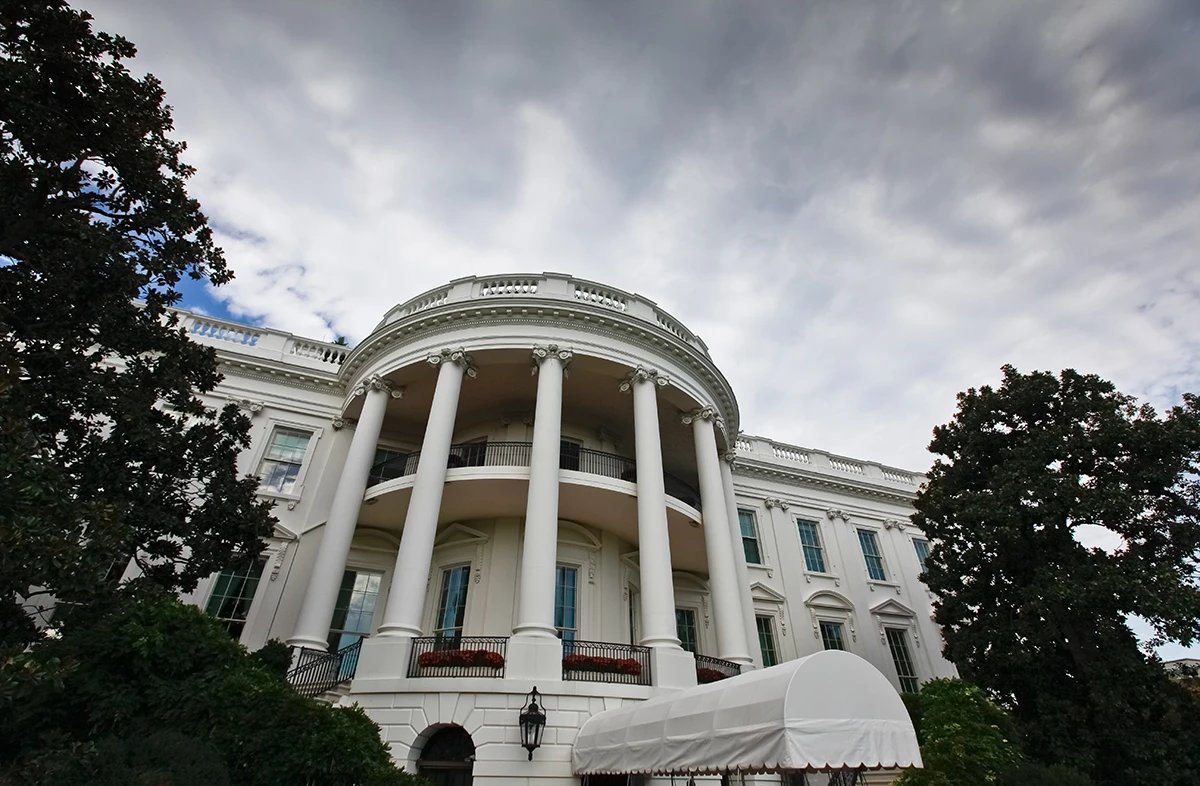
Earlier today, the Trump Administration issued an Executive Order (EO) aimed at reshaping the landscape of prescription drug pricing in the United States.
The EO introduces a “Most Favored Nation” (MFN) drug pricing approach, which seeks to ensure Americans are not paying more for prescription drugs than consumers in similarly developed countries. This move is framed as part of a broader effort to rebalance what the Trump Administration views as an inequitable and imbalanced global drug pricing structure in which drug manufacturers seek access to foreign markets through deeply discounted drug product costs – discounts that are subsequently subsidized by the United States through extraordinarily high drug product costs.
The EO directs the Domestic Policy Council, the Centers for Medicare & Medicaid Services (CMS), and the Department of Health and Human Services (HHS) to begin engaging with pharmaceutical manufacturers within 30 days to communicate MFN pricing targets. If “significant progress” is not made toward achieving these targets within 180 days, the Secretary of HHS is instructed to initiate rulemaking to impose MFN pricing. However, the EO does not specify the statutory or regulatory authority under which MFN pricing would be executed, a gap that raises important questions about implementation feasibility and legal defensibility without Congressional action.
In addition to MFN pricing, the EO includes provisions designed to increase market access and competition. One key directive is for HHS to consider facilitating direct-to-consumer (DTC) sales of prescription drugs at MFN prices—an approach that could bypass traditional supply chain intermediaries. The EO also instructs the Secretary to evaluate the safety and potential savings of personal drug importation from countries used as price benchmarks and consider certification to Congress of such – subsequently triggering the Commissioner of the Food and Drug Administration (FDA) to describe circumstances under which importation waivers would be consistently granted.
The order also incorporates an enforcement element, calling on the Federal Trade Commission (FTC) to consider taking action against anticompetitive practices in the pharmaceutical sector. This follows an earlier directive from April, which tasked the FTC with studying pricing abuses. The EO signals that the Administration may lean on existing antitrust authorities under the Sherman Act and the FTC Act to reinforce competitive practices in the market.
While the EO reflects an assertive policy stance, many important details remain unknown. The lack of clarity around legal authority, operational design, and enforcement mechanisms makes it difficult to assess the full impact or timeline of implementation. In addition to the EO, the Trump Administration has also released a Fact Sheet to further outline actions to lower drug pricing.
RELATED DEVELOPMENTS
- In April, the Trump Administration advanced another Executive Order, titled “Lowering Drug Prices by Once Again Putting Americans First.” That Executive Order called for the development of additional policies related to pharmacy benefit manager (PBM) middlemen, among other drug-pricing issues. Read more…
- Right now, the U.S. House of Representatives Energy and Commerce Committee is preparing for its “markup” this week of its aspects of the budget reconciliation legislation. The “chairman’s mark” – or draft of the legislation – contains the Medicaid PBM reforms for which NACDS advocates.
- NACDS remains proactively positioned on the Executive Branch and Congressional aspects of drug-pricing policy – advancing priority issues and evaluating any opportunities and potential new threats for American taxpayers, patients, and pharmacies.